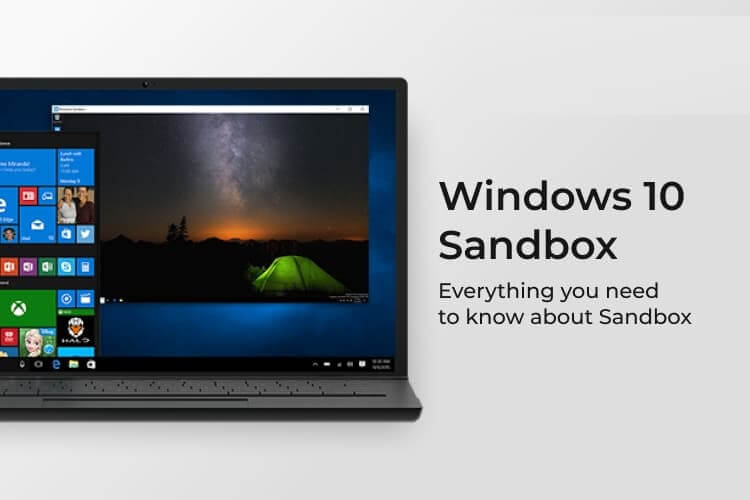

Microsoft recommends SSD storage for Windows Sandbox. A minimum of 4GB RAM, though 8GB is recommended.AMD64, which is the 64-bit architecture.Ideally, you need the Enterprise or Education editions with a build of 18035 or later, if you don’t have the Pro version. Note that Windows Sandbox doesn’t run on the Home edition. Prerequisites for Windows SandboxĪccording to Microsoft, you need the following to install and use the Windows Sandbox: The Windows Sandbox uses an integrated kernel scheduler, virtual GPU, hardware-based virtualization, and smart memory management for efficiency and security.īefore we get into how you can use Windows Sandbox, let’s briefly look at the installation process and the prerequisites needed for the same. At the same time, all the applications and settings are lost when you close the sandbox. You can visualize it as a brand-new Windows environment where you have to customize and add applications to suit your needs. Of course, if you need specific applications and tools for testing, they have to be installed in the sandbox, as the environment itself is empty and comes with no pre configurations. More importantly, the software and the code that runs in it are just “boxed” within this environment and don’t spill over onto other applications or environments.

Windows Sandbox is a lightweight desktop environment where you can run applications in isolation. Microsoft has come up with its version called the Windows Sandbox, and this is what we will be talking about in this article. After running the code and the applications you want, you can close down the sandbox, and a new instance will be created when you open it the next time.

The biggest advantage of a sandbox is its temporary nature. Sometimes, cybersecurity specialists also use this sandbox to run potentially unsafe code, so it doesn’t affect the network or associated devices. Such an isolated environment is called a sandbox. In software development, developers and testers often need an isolated environment to test the working of a piece of code or application to identify any potential problems in it and ensure that it doesn’t break any of the existing functionality.


 0 kommentar(er)
0 kommentar(er)
